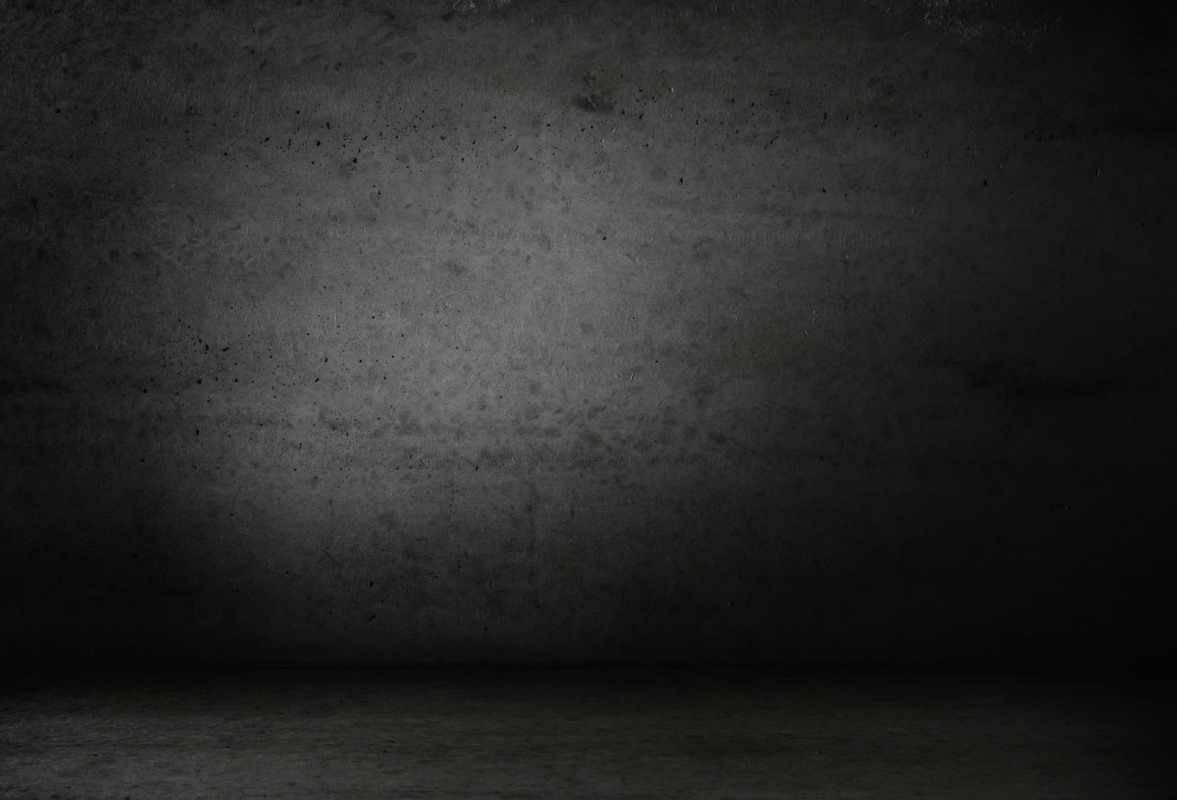

24 ROBERT SCHUMANN
Starting with the contrast between the characters represented by Walt
and Vult . . . a prefiguration of the duality of Eusebius and Florestan?
That’s one of the keys. Walt is a sensitive, dreamy, rather introverted young
man, while Vult is a joker, ardent, hotheaded. I don’t think Schumann already
had Eusebius and Florestan in his mind when he wrote
Papillons
, but clearly that
opposition between two characters already appealed to him a great deal, as did
the idea of masks, which is an essential element in
Carnaval
.
That’s the first link we can establish between
Papillons
and
Carnaval
, but there
are others too, of a thematic nature. In the last piece of
Papillons
, two motifs are
superimposed: the
Grossvatertanz
(Grandfather Dance) and the motif from the first
piece in the cycle, a melody that is repeated in this final section while gradually
disintegrating and disappearing, in an almost cinematic effect. That same theme,
which represents Vult’s flute, reappears in
Carnaval
, inserted in the piece called
Florestan
, while the
Grossvatertanz
recurs in the finale of
Carnaval
.

















